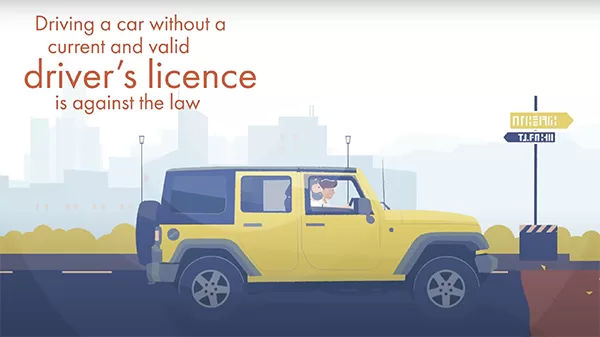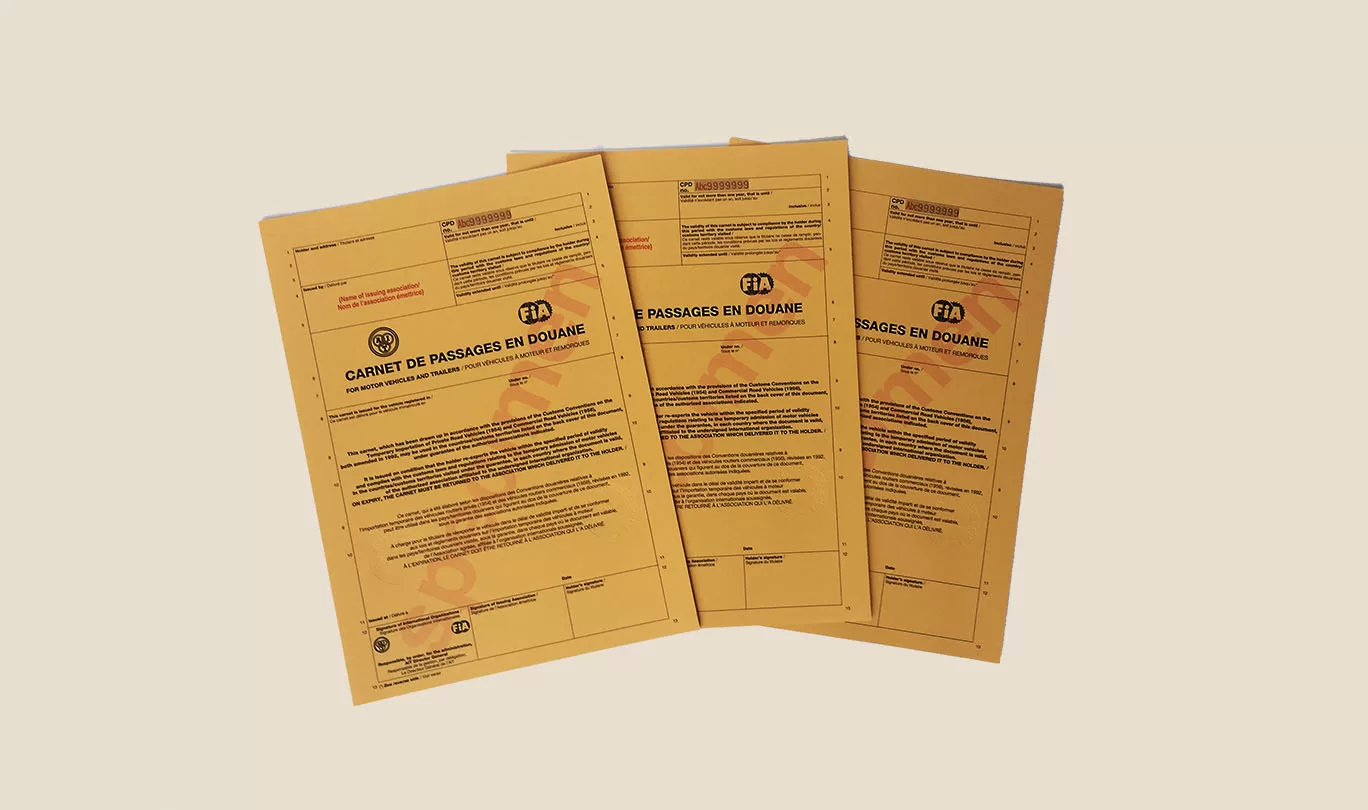
Australia
Para solicitar un IDP de Australia,siga estos sencillos pasos:
- 1. Haga clic en el botón de abajo para ir al sitio web del proveedor nacional de IDP
- 2. Sigue las instrucciones de tu asociación nacional.
Brief Description of Australia
Australia is comprised of a mainland, the island of Tasmania and smaller islands. It’s the world’s sixth largest country by land mass.
Australia has a wide variety of landscapes, featuring tropical rainforests, mountain ranges,deserts, and its world-famous beaches. The population of Australia is around 24 million. Most Australians live in the major cities of Brisbane, Sydney and Melbourne on the Eastern Seaboard.
The Capital city of Australia is Canberra situated in the jurisdiction of the Australian Capital Territory. Australia has six states (New South Wales, Victoria, Tasmania, Queensland, South Australia and Western Australia) and 2 territories (the Australian Capital Territory and the Northern Territory).
International Road Traffic Conventions
Australia has signed the United Nations Convention of Road Traffic 1949, and it is recommended for visitors to have an International Driving Permit (IDP), in order to rent a vehicle and your current driver’s licence it not in English. All visitors who plan to drive in Australia must ensure they obtain an IDP in their country of residence before travelling to Australia. An IDP proves that you hold a valid driver’s licence in your country of residence. It will also help protect you and your family in an event of an accident or loss of identification.
Rules of the Road
Australian vehicles drive on the left-hand side of the road.
Vehicles have the steering wheel on the right-hand side.
Overtaking and passing
Overtake on the right. In the Northern Territory and Western Australia, extra care should be taken when overtaking heavy vehicle/trailer combinations, as some may to up to 50 metres long.
Speed limits in Australia
Speeds limits are strictly enforced in Australia. Always check for signage in the area you are driving to ensure you know what the speed limit is.
Speed limits in built up areas are generally 60 kilometres per hour (km/h), but may be 50 km/h where indicated by signage.
The speed limit around Australian schools is generally 40 km/h during school hours.
Many major freeways have a maximum speed limit of 110 km/h.
Road Conditions
Road conditions in Australia can vary from sealed road surface to gravel and unsealed roads. Some parts of Australia may be affected by floods, bushfires or cyclones. Check local weather before travelling in those areas. Do not attempt to cross flooded roads or flooded waters as strong currents can sweep your vehicle away. If you are in an emergency dial 000 contact emergency services.
Roadside Assistance
Breakdown services operate 24 hours a day. Call 13 11 11 from anywhere in Australia
To obtain reciprocal roadside service, please ensure that you have your current auto club membership card. Condition may apply.
Helmets for motorcyclists
Motorcyclists must wear an approved motorcycle helmet that complies with the following:
Further Assistance or more information, go to the Australian Automobile Association (AAA)






